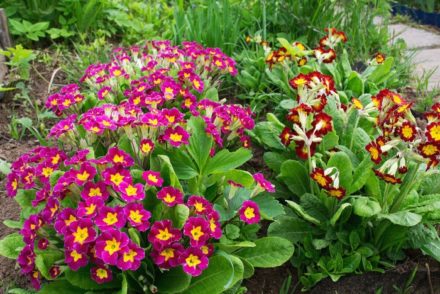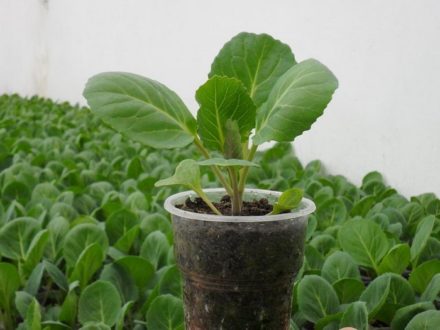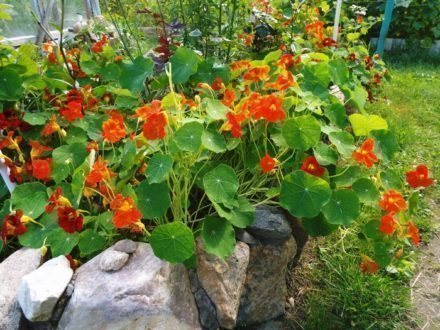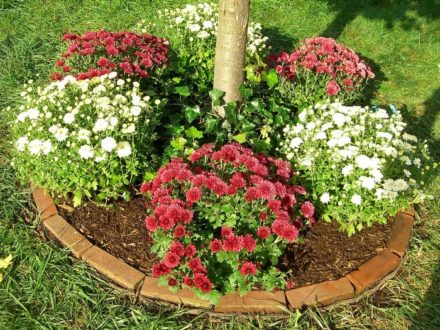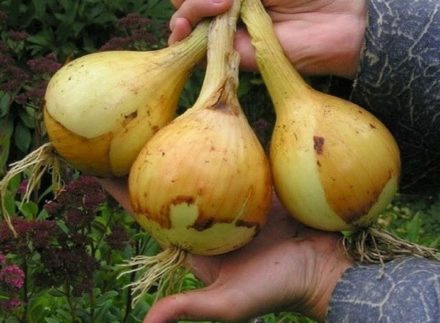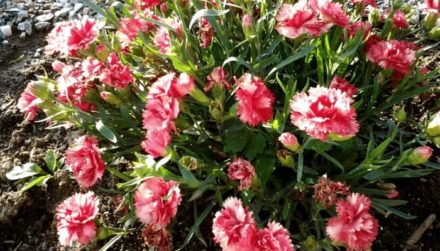Watermelon has long ceased to be an exotic crop. Summer residents grow it not only in the Moscow region, but also in the northern regions. In order for the striped berry to ripen faster, you should prepare the seedlings in advance by sowing the seeds at home. This process is not that complicated, but it has its own characteristics. 6 useful tips will help you grow high-quality watermelon seedlings.
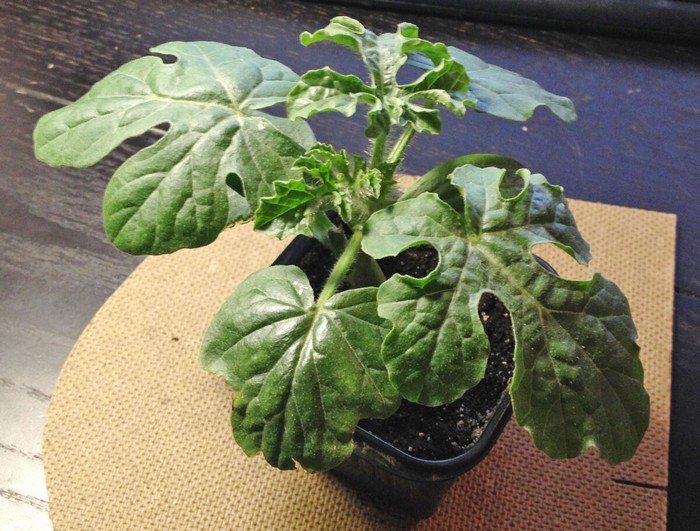
Variety selection
The watermelon variety must be zoned for the growing region. Information about this can be found on the seed package. Watermelon intended for planting in the south will not ripen in cooler climates. It is necessary to choose early ripening varieties with a short growing season. For such varieties, only 70-85 days pass from emergence to harvest.
It is worth paying attention not only to varieties, but also to hybrids. Hybrid plants have greater hardiness and are resistant to unfavorable external factors, such as unexpected cold weather, precipitation, and cloudy weather. In the case of watermelon, fresh seeds are not suitable for planting. Plants grown from them will be sterile. It is better if the planting material sits for 2-3 years.
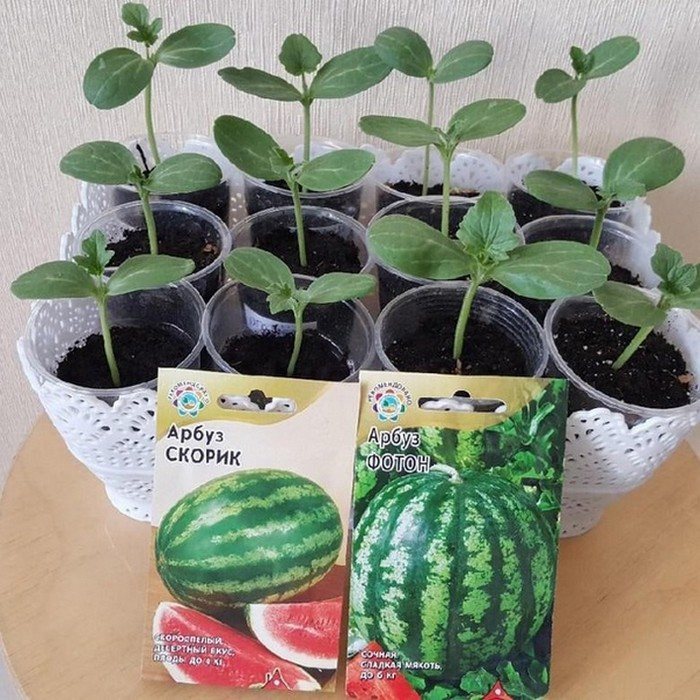
Preparing the container and soil
Watermelon seedlings grow quickly, so you need to use individual containers for sowing. Pots with a diameter of 10-12 cm are suitable. You can plant 2 seeds in each of them, leaving a stronger sprout in the future.The second plant is not pulled out, so as not to damage the roots of the remaining watermelon, but is cut with scissors at soil level.
For active growth, the crop needs a lot of nutrition from the first days. The best substrate option for melons and melons is a composition of 3 parts humus and 1 part turf soil. Sod can be replaced with a mixture of sawdust and lowland peat. The soil should be disinfected by placing it in an oven heated to 80 °C for half an hour, or in a microwave oven at maximum power for 5 minutes.
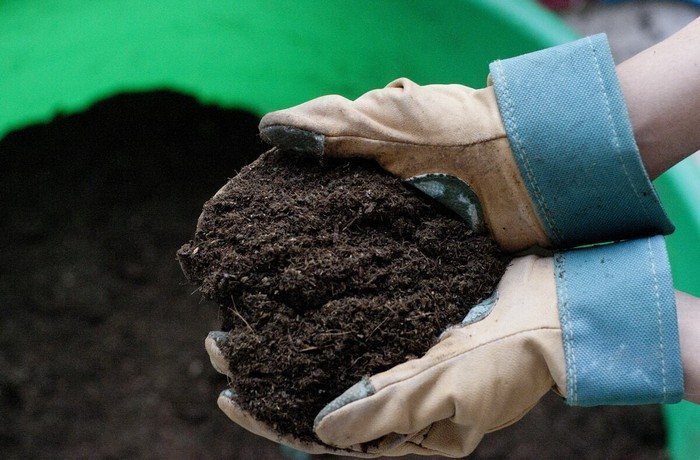
Calibration and treatment of seeds before sowing
Since the seeds are immediately planted in separate containers, they need to be calibrated before sowing so as not to waste time planting empty and defective seeds. The seed is soaked in a saline solution (1 teaspoon of salt per glass of water) for 5 minutes. Floating seeds should be discarded - they are of poor quality. The seeds that have fallen to the bottom are washed in running water, wrapped in gauze.
After this, the seeds need heat treatment in order for the plant to form more female flowers in the future. The seeds are kept at a temperature of +50-60 °C (placed on a radiator or in the oven with the door ajar) for 2-3 hours. The disinfection stage can be skipped, since the material undergoes appropriate processing in production. If desired, the seeds can be germinated to speed up the emergence of seedlings.
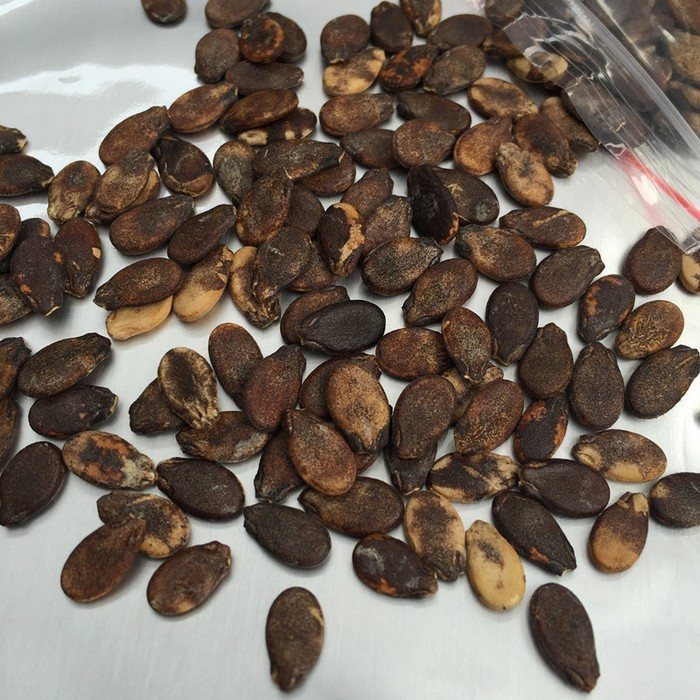
Timing and characteristics of sowing
It takes 60 days for seedlings to develop, so sowing is carried out in March. The exact date is determined based on the climatic characteristics of the region. A heat-loving crop should go into the ground after the threat of frost has passed.
Watermelon seeds are planted at a fairly deep depth - 4-5 cm. Soil is poured into the pot only up to half the height; soil is added as the seedling grows. Sowing is carried out in moist soil.
It is convenient to make holes for seeds using a stick, felt-tip pen, or pencil. After planting the watermelon, the ground is lightly sprayed with a spray bottle and covered with glass, a transparent bag or film, and then placed in a warm place. Shoots appear on days 5-7 at a temperature of about 30 °C; in a cooler room the process slows down.
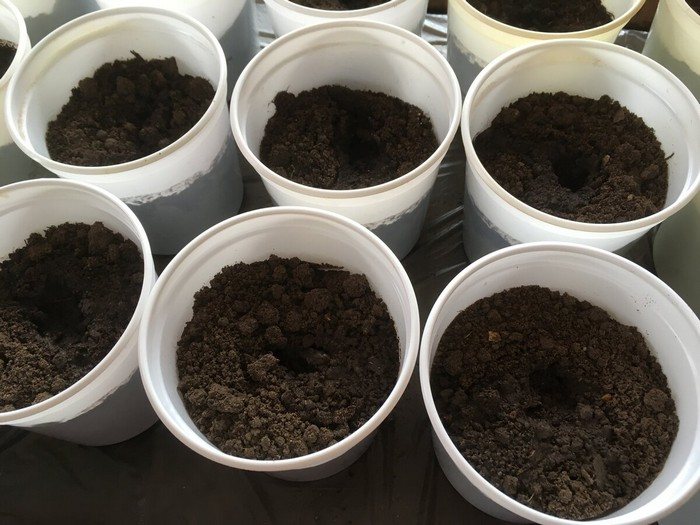
Conditions for seedlings
Before the emergence of seedlings, the shelter is removed daily for 15-20 minutes in order to ventilate the crops. Condensation accumulated on the film is removed. The temperature in the room during this time should not fall below 22-24° C. In the future, the watermelon seedlings should also be kept warm, otherwise their growth will slow down.
After the appearance of 3 leaves, the plants are given the first feeding. Melon crop prefers organic fertilizers. At home, it is optimal to use vermicompost, a product of earthworm processing. Such organic matter does not have the unpleasant odor characteristic of humus and bird droppings.
During the growth process, pots with seedlings are placed, increasing the interval between them so that each plant receives enough light. A month after the emergence of seedlings, hardening of the seedlings begins - they are gradually accustomed to the open air. As temperatures drop, limit watering. Before planting in the ground, seedlings should spend the entire day outside; they should only be brought indoors at night.

At the beginning of June, seedlings can be planted in open ground; for cold regions, the timing is postponed by another 2 weeks. Watermelons are planted in the greenhouse half a month earlier. Experienced gardeners advise using non-woven material or black film to mulch the surface when planting. In this case, nutrition and moisture will be preserved in the soil, and the plants will receive protection from cold and weeds.


